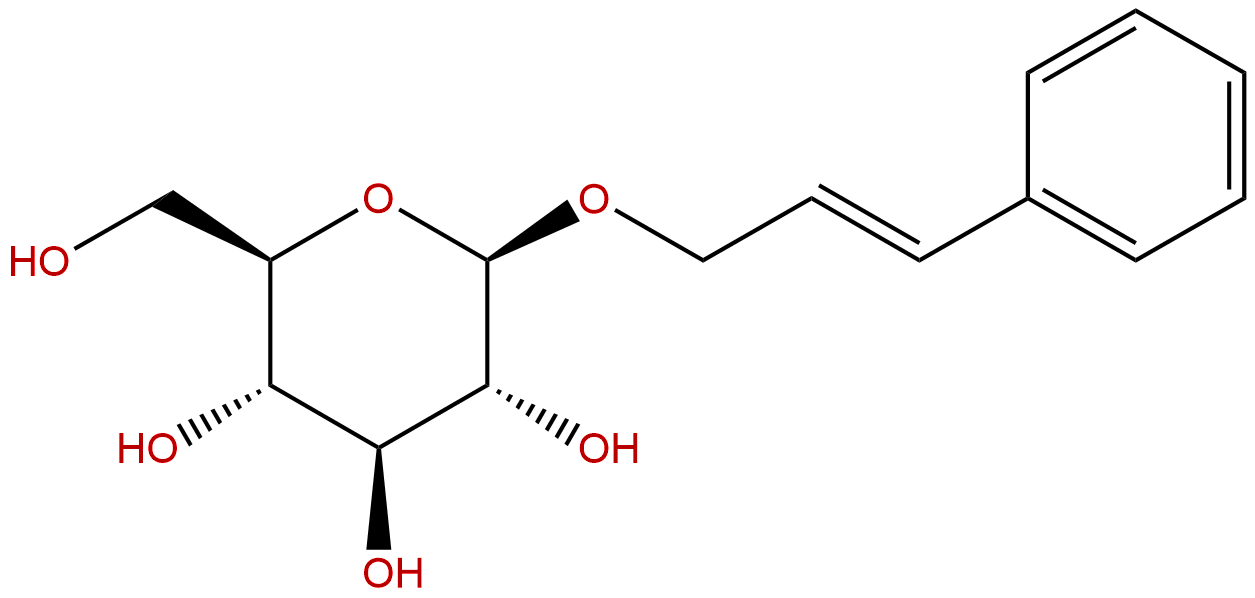
RosinCAS No.:85026-55-7 |
||||||||||
 |
|
|
||||||||

| Catalogue No.: | BP1222 |
| Formula: | C15H20O6 |
| Mol Weight: | 296.319 |
| Botanical Source: | Rhodiolae Crenulatae Radixet Rhizoma |
Synonym name:
Catalogue No.: BP1222
Cas No.: 85026-55-7
Formula: C15H20O6
Mol Weight: 296.319
Botanical Source: the rhizomes of Rhodiola rosea
Purity: 95%~99%
Analysis Method: HPLC-DAD or/and HPLC-ELSD
Identification Method: Mass, NMR
Packing: Brown vial or HDPE plastic bottle
Can be supplied from milligrams to grams.
For Reference Standard and R&D, Not for Human Use Directly.
Inquire for bulk scale.
Description:
Rosin may have therapeutic potential for the treatment of inflammation and neurodegenerative disease.Rosin may cause allergic contact dermatitis in eyeshadow and mascara.
References:
Cutis,1988, 42(6):507-8.
Allergic contact dermatitis due to rosin (colophony) in eyeshadow and mascara
Three patients are reported with allergic reactions to Rosin in eye makeup: two to eyeshadow and one to mascara. In each instance, the dermatitis was bilateral and symmetrical. Several popular eyeshadow and mascara preparations contain Rosin, while the Almay products are free of this ingredient. Rosin-sensitive patients should be instructed to read cosmetic ingredient labels before using any product and should realize that the European term "colophony" is a synonym for Rosin. The numerous products that Rosin-sensitive persons must avoid will be discussed in a future article.
Evid Based Complement Alternat Med. 2013;2013:514049.
Anti-Inflammatory and Neuroprotective Effects of Constituents Isolated from Rhodiola rosea.
METHODS AND RESULTS:
To determine the biological activity of Rhodiola rosea, the protein expression of iNOS and proinflammatory cytokines was measured after the activation of murine microglial BV2 cells by LPS under the exposure of constituents of Rhodiola rosea: crude extract, Rosin, Rosarin, and salidroside (each 1-50 μ g/mL). The LPS-induced expression of iNOS and cytokines in BV2 cells was suppressed by the constituents of Rhodiola rosea in a concentration-dependent manner. Also the expression of the proinflammatory factors iNOS, IL-1 β , and TNF- α in the kidney and prefrontal cortex of brain in mice was suppressed by the oral administration of Rhodiola rosea crude extract (500 mg/kg). To determine the neuroprotective effect of constituents of Rhodiola rosea, neuronal cells were activated by L-glutamate, and neurotoxicity was analyzed. The L-glutamate-induced neurotoxicity was suppressed by the treatment with Rosin but not by Rosarin. The level of phosphorylated MAPK, pJNK, and pp38 was increased by L-glutamate treatment but decreased by the treatment with Rosin and salidroside.
CONCLUSIONS:
These results indicate that Rhodiola rosea may have therapeutic potential for the treatment of inflammation and neurodegenerative disease.